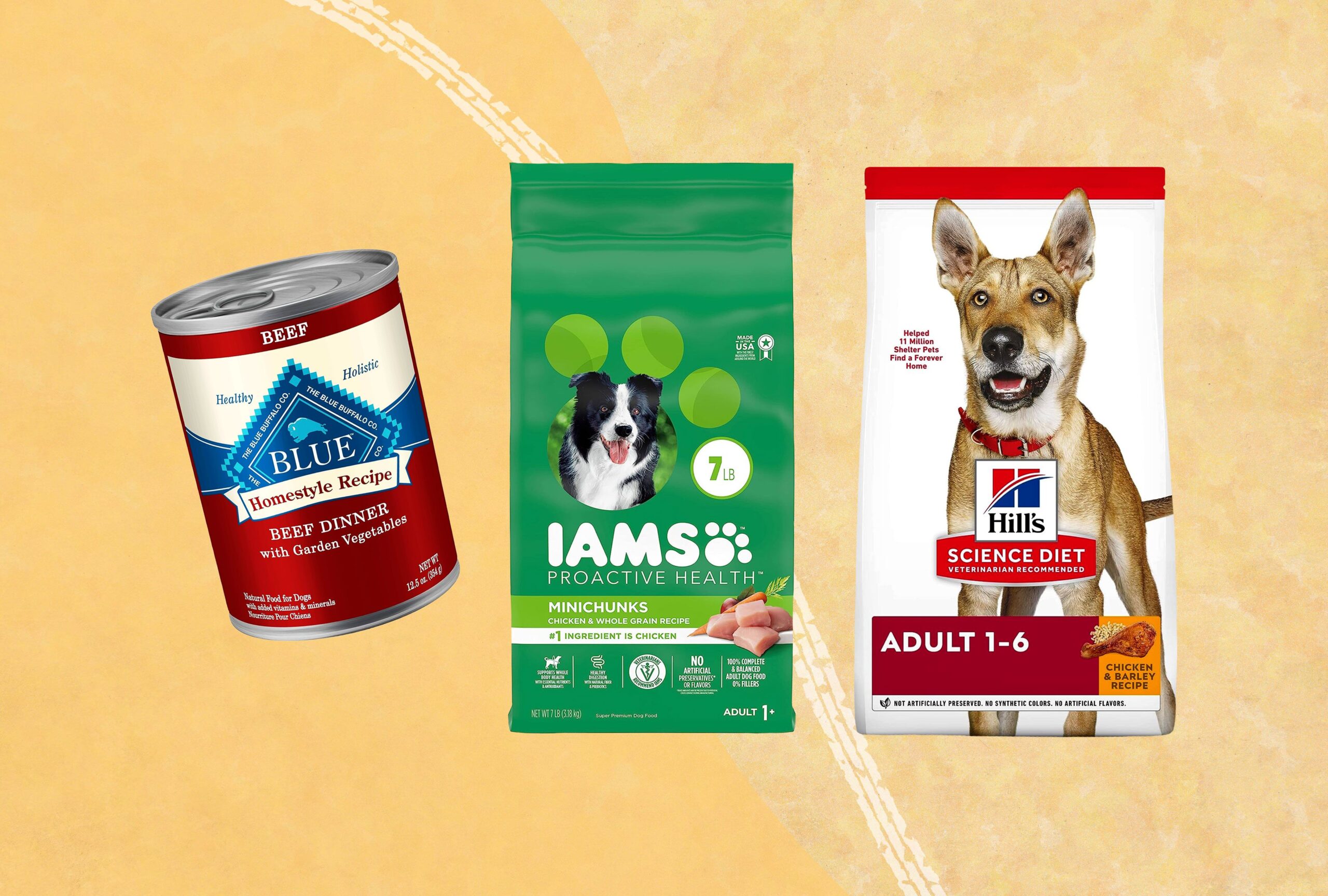Turtles in the wild typically eat every few days. Their feeding frequency depends on factors like species, age, and environmental conditions.
Turtles are ectothermic, meaning their metabolism is influenced by temperature, so they may eat more frequently in warmer months. Additionally, younger turtles tend to have a higher metabolism and may require more frequent feeding compared to adult turtles. The availability of food sources in their natural habitat also plays a role in their feeding patterns.
Understanding the natural feeding habits of turtles can help pet owners provide appropriate care and feeding schedules for their pet turtles in captivity. In the next section, we’ll explore the specific dietary needs of turtles and how to ensure they receive proper nutrition in a domestic environment.
Turtle Dietary Habits
Turtles have varied diets depending on their species and habitat. Some turtles are herbivores, feeding on plants and algae, while others are omnivores, consuming both plants and small animals. Factors influencing a turtle’s diet include their age, size, and environment. Young turtles typically eat more frequently than adults, with some species requiring daily meals.
Larger turtles may eat less frequently, with some only needing to feed every few days or even weeks. Wild turtles have adapted to their specific environments, consuming a range of foods to meet their nutritional needs. This diverse diet helps them thrive in the wild, as they can take advantage of available resources and adapt to changes in their surroundings.
Feeding Frequency Factors
Turtles have species-specific patterns when it comes to feeding frequency. Some species, like the omnivorous painted turtle, eat daily, while others, like the herbivorous green sea turtle, graze constantly. Younger turtles generally eat more frequently than adults due to their faster metabolism. Factors such as temperature and availability of food also influence feeding frequency. In general, turtles in the wild have irregular eating patterns based on environmental conditions and food availability.
Seasonal Impact On Feeding
The feeding habits of turtles in the wild can be influenced by various seasonal factors. Temperature plays a crucial role in determining their feeding patterns. As cold-blooded creatures, turtles are highly dependent on environmental temperatures for their metabolic activities, including digestion. During colder months, their metabolism slows down, leading to decreased feeding frequency.
Food availability is another significant factor affecting turtle feeding habits. In the wild, the availability of prey and plant matter can vary throughout the year. During certain seasons, turtles may have limited access to their preferred food sources, resulting in reduced feeding. This scarcity often prompts turtles to adapt their diets and consume alternative food items.
To summarize, turtles adjust their feeding frequency based on temperature and the availability of food sources in their natural habitat. Understanding these seasonal influences can help us better comprehend the feeding behaviors of turtles in the wild.
Diet Composition
Turtles in the wild have varied diets depending on their species and habitat. The diet composition of turtles consists of both plant and animal matter, although the ratio may differ. Some turtles are primarily herbivorous, consuming mainly plants such as algae, seagrass, and aquatic vegetation. Others are omnivorous, feeding on a combination of plants and animals.
The nutritional requirements of turtles are met through their diverse diet, ensuring they receive the necessary vitamins, minerals, and proteins. While plant matter provides essential nutrients like fiber and carbohydrates, animal matter offers proteins and fats that contribute to their overall health and growth.
Hunting And Foraging Behavior
Turtles are active predators, constantly hunting and foraging for food in the wild. They display opportunistic eating behavior, meaning they will consume a variety of prey whenever the opportunity arises. This adaptability allows them to survive in different environments and obtain nutrition from various sources.
In their search for food, turtles rely on their keen senses to locate potential prey. They use their excellent eyesight to spot movement in the water or on land, and their sense of smell to detect the scent of potential food sources. Once prey is located, turtles will use their strong jaws and sharp beak to capture and consume their meal.
While turtles are not known for their fast metabolism, they still need to eat regularly to meet their energy requirements. The frequency of their meals can vary depending on factors such as species, size, and environmental conditions. Generally, turtles will feed several times a week or even daily, especially during the warmer months when their metabolism is more active.
The Role Of Habitat
Turtles, being cold-blooded animals, tend to have slower metabolisms compared to warm-blooded creatures. The frequency of their feeding, therefore, is less than what one might expect. The role of habitat plays a significant role in their feeding habits. Freshwater turtles, for instance, consume a diet that consists mainly of plant material and small aquatic animals.
On the other hand, marine turtles feed on a variety of food such as seaweed, jellyfish, and crustaceans. Territorial feeding grounds are also a crucial factor in determining the frequency of their meals. Turtles tend to feed more often in areas where food is abundant and easily available. In conclusion, the feeding habits of turtles depend on their habitat, diet, and availability of food in their environment.
Conservation Status And Diet
In the wild, turtles eat intermittently, sometimes daily or less often, depending on species and environmental factors. Their diet typically consists of plants, insects, fish, and occasionally small mammals. Conservation status varies among turtle species, with some facing threats due to habitat loss, pollution, and overexploitation.
| Conservation Status and Diet |
| Many endangered turtle species face challenges due to loss of habitat and human activity. |
| Human impact can alter the availability of food sources, affecting the turtles’ feeding habits. |
| Turtles play a crucial role in maintaining ecological balance through their feeding patterns. |
| Impact of Human Activity |
| Human interference can disrupt the natural feeding behavior of turtles in the wild. |
| Conservation efforts are essential to protect turtle populations and their natural habitats. |
Studying Wild Turtles
Turtles have irregular feeding habits in the wild, depending on species and environment. Researchers use various methods to study wild turtles, including observation and tracking. Through these methods, they have observed that turtles consume plants, insects, and small animals. Studies have shown that some turtles may go days without eating, while others feed daily. Understanding the feeding patterns of wild turtles is crucial for their conservation and management.
Conclusion
To sum up, turtles are fascinating creatures that have adapted to their environment over millions of years. Their feeding habits play a crucial role in their survival, and it’s important to understand how often they eat in the wild. By keeping in mind their natural diet and feeding frequency, we can better care for them in captivity and help preserve their populations in the wild.
So, let’s continue to learn and appreciate these amazing reptiles for generations to come.




Leave a Reply